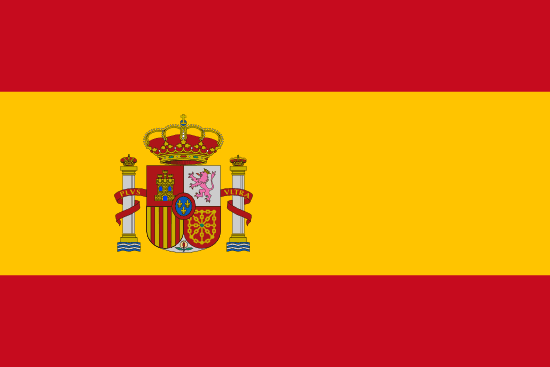"No hay en vida cosa como la de Salamanca | There is nothing in life like that of Salamanca"
About:
Salamanca, a city in western Spain, was founded in the pre-Ancient Rome period by the Celts. Conquered by the Romans in the 3rd century BC, it later fell to the Moors in the 8th century AD. Reconquered by Christian forces in 1085, Salamanca became renowned for its university, established in 1134. It flourished during the Renaissance but declined in the 17th century. The city was heavily damaged in the Napoleonic Wars. In the 20th century, it was revitalized and remains a significant cultural and educational center today.
When to visit:
Salamanca, a charming city in western Spain, is a popular destination for travelers seeking a mix of culture, history, and vibrant nightlife. The best time to visit Salamanca is during the spring and fall months when the weather is mild and pleasant, making it ideal for exploring the city's many attractions on foot. Additionally, these seasons offer fewer crowds compared to the busy summer months, allowing visitors to fully immerse themselves in the local culture and ambiance. Whether you're strolling through the historic streets, admiring the stunning architecture, or enjoying the lively atmosphere of the local bars and restaurants, Salamanca is sure to captivate you with its unique charm and beauty.
When to avoid:
Salamanca, a historic city in western Spain, experiences its peak tourist season during the summer months of June to August. During this time, the city can become overcrowded with visitors, leading to long lines at popular attractions and higher accommodation prices. Additionally, the summer heat in Salamanca can be quite intense, with temperatures often exceeding 30 degrees Celsius. Travelers looking to avoid the crowds and the heat may consider visiting Salamanca during the shoulder seasons of spring or fall for a more pleasant and relaxed experience.
Winter (Dec-Feb)
Winter in Salamanca, Spain, typically runs from December to February, with the coldest month being January. Average temperatures range from 1°C to 10°C. Rainfall is highest in December, averaging 50mm, making it the wettest month. Days are shorter with only 5-6 hours of sunlight, and cloud cover is frequent, giving the city a rather gray appearance. An average day for a visitor might involve brisk walks under overcast skies, with occasional rainfall. It's advisable to pack warm clothing and an umbrella. Despite the cold, the city's beauty remains unmarred, offering a unique charm.
Summer (June-August)
In Salamanca, Spain, the warmest part of the year is typically from June to September. During this period, the average high temperatures range from 26°C (79°F) to 31°C (88°F), while the average low temperatures range from 12°C (54°F) to 14°C (57°F).
Rainfall is minimal during these months, with July being the driest month of the year. The average rainfall in the summer is about 10-20mm per month.
The city enjoys an average of 10-11 hours of sunlight per day in the summer, and the sky is generally clear or partly cloudy. The humidity is relatively low, typically around 45-55%, which makes the heat more bearable.
A typical day for a visitor in Salamanca during the warmest part of the year would likely be warm and sunny, with very little chance of rain. It's perfect weather for outdoor activities like sightseeing or enjoying the local cafes and restaurants. However, the afternoons can get quite hot, so it's advisable to stay hydrated and wear sun protection. The evenings are usually pleasant, with cooler temperatures and a gentle breeze.
Language:
In Salamanca, Spain, the most widely spoken language is Spanish, as it is the official language of the country. However, due to its status as a university city attracting international students, English is also commonly heard. Additionally, other languages such as Portuguese, Italian, and French may be spoken among the international community.




